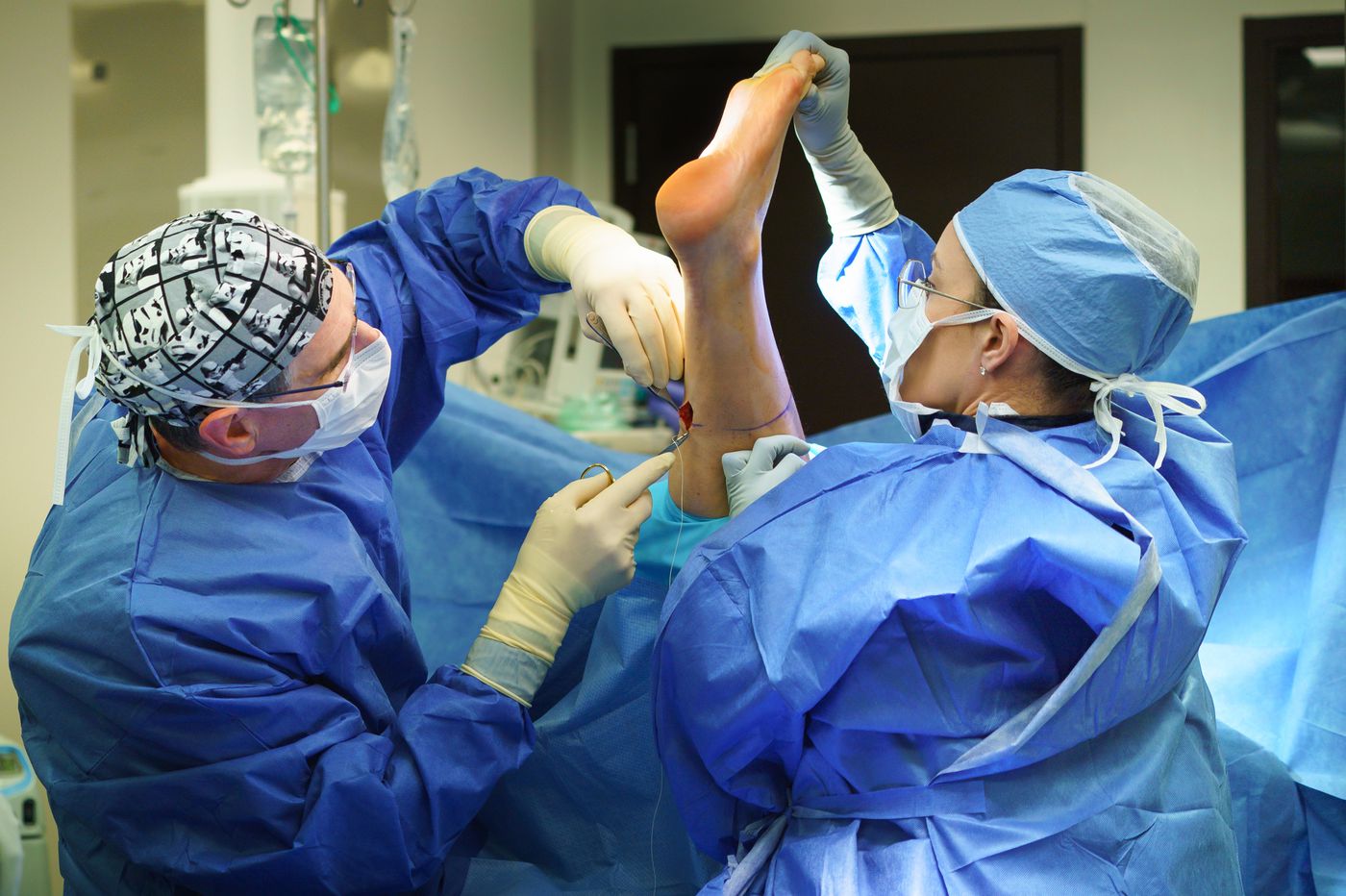
The doctor can understand developmental problems in babies and conditions that occur later in life. The first interventions to foot and ankle problems are conservative management and visiting a podiatrist for treatment. No matter the foot condition, if the podiatrist determines that the pain and deformity are persistent, then foot surgery may be the better option. It helps restore the function of the foot and ankle while alleviating discomfort.
Testing and care
Undergoing foot and ankle surgical procedure follows undertaking examinations and tests. A foot doctor takes time to examine the medical history and medical conditions. An evaluation of your health is given to ensure a fruitful and improve the success of the procedure.
Types of foot surgery
Bunion surgery: It is offered depending on the severity of joint involvement and severity of the bunion. Your foot surgeon explains the appropriate procedure for your bunion and the recovery time needed.
Fusions: It is done to treat painful arthritic conditions. This procedure involves removing the cartilages from the joints then join the bones together with pins, screws, plates, or a combination of either, so they do not move.
Hammertoe surgery: Involves removing a portion of the bones in the toe to realign or fusing the joints in the toe. It might involve temporary wiring to hold the toes straight permanent implant or realigning.
Heel spur surgery: Based on the foot condition, this is done to relieve pain and restore mobility. Surgical enhancements and modifications ensure you experience relief due to plantar fascia release.
Metatarsal surgery: This procedure is done on the long bones of the feet behind the second, third, fourth, and fifth toes. The surgery is to distribute the body weight-bearing ball. In severe cases, the metatarsal heads are removed.
Nail surgery: Usually performed on infected, deformed, or damaged toenails. It is done under local anesthetic. Depending on the assessment, the nail may be partially or totally. There are two types of nail surgeries; avulsion that allows a new nail to grow back or matrixectomy that is permanent and does not allow any nail growth.
Neuroma surgery: It is the removal of benign enlargement of the nerve between the metatarsal heads. The procedure is done if the condition is causing numbness, burning, or tingling sensations to the toes.
Reconstructive surgery: It is a surgical repair, that is done to regain the stability and function to prevent deformity, reduce pain. There are different types of reconstructive surgery that repair foot bones.
Tendon Surgery: Done for acute injuries and chronic conditions such as to lengthen or shorten the tendon, to improve the ankle and foot function the tendons may be re-routed.
After surgery care
The kind of surgery and the length of recovery is determined by the type of surgical procedure performed. The basics of post-surgery care include plenty of rest, compression, ice, and elevation. Your doctor will determine the right time to be up and running your daily activities. Ensure you discuss further post-surgical procedure care with the best foot doctor Houston.